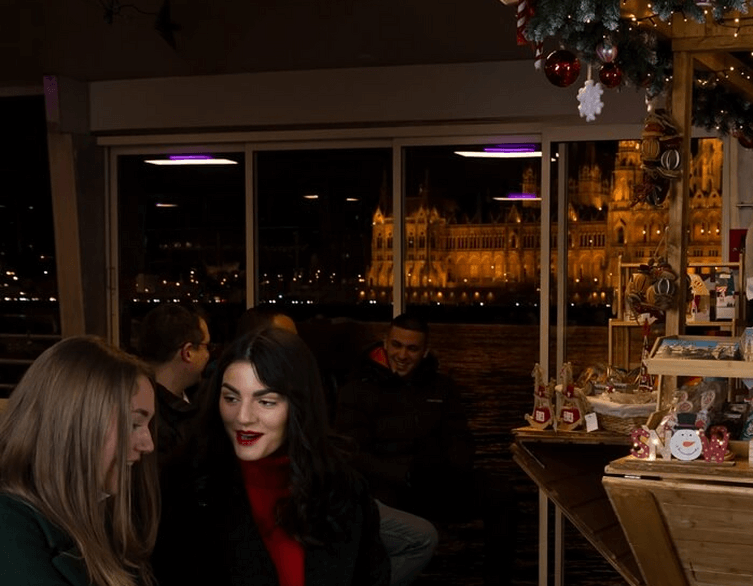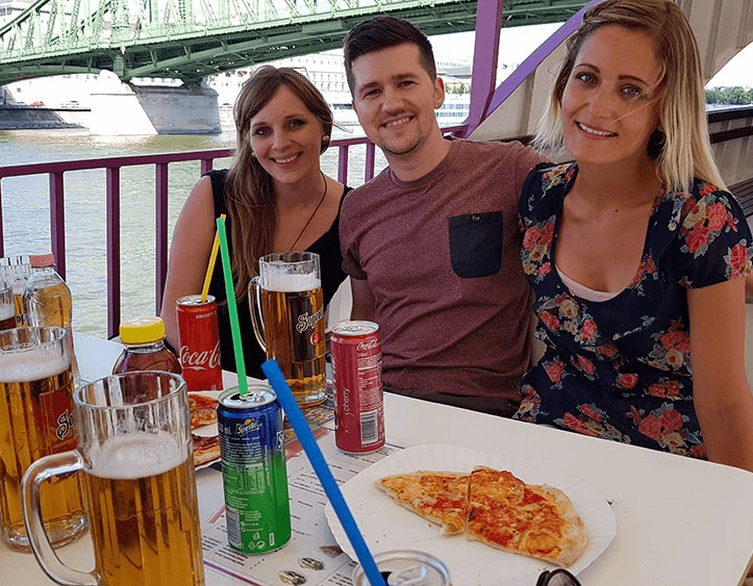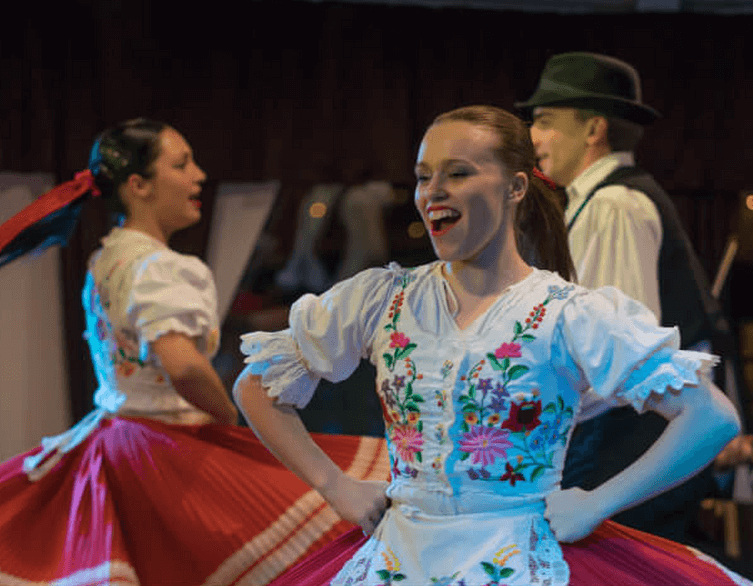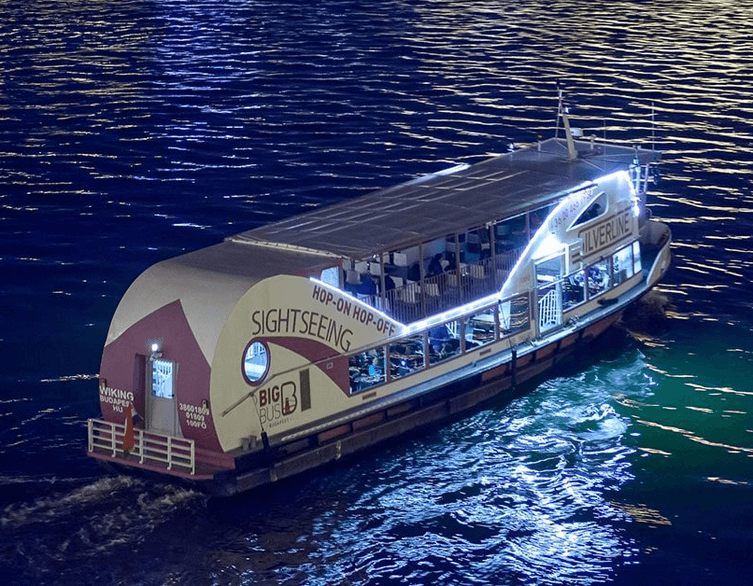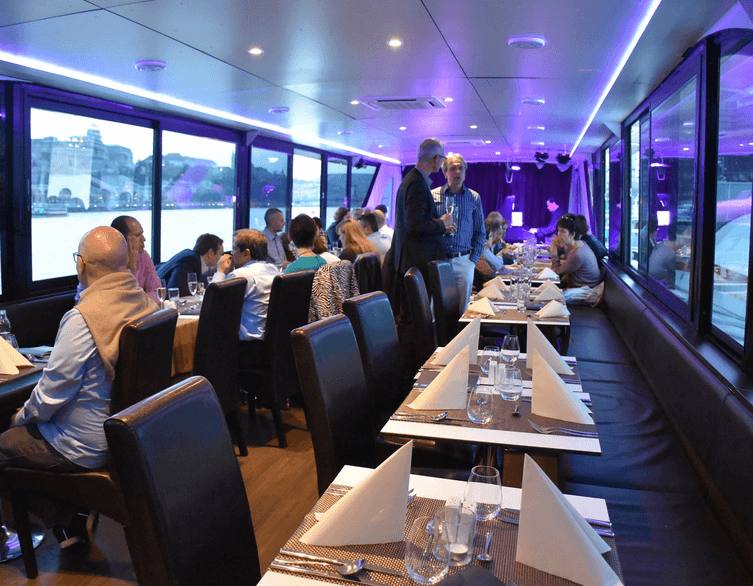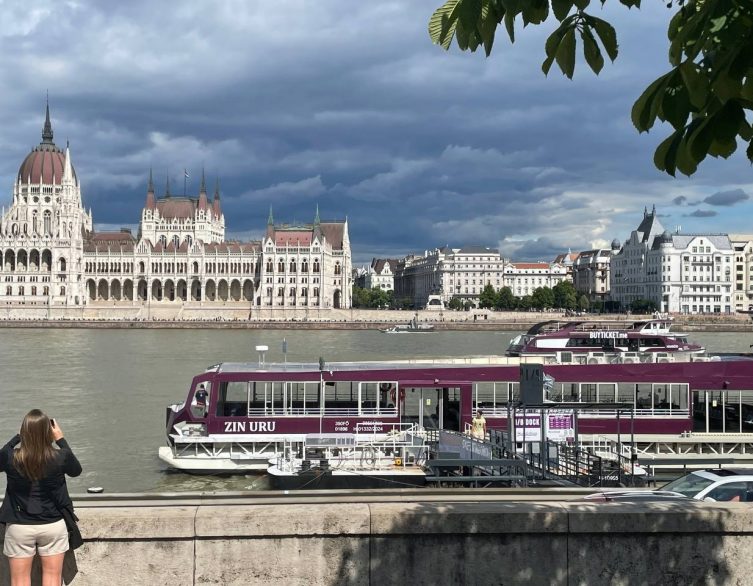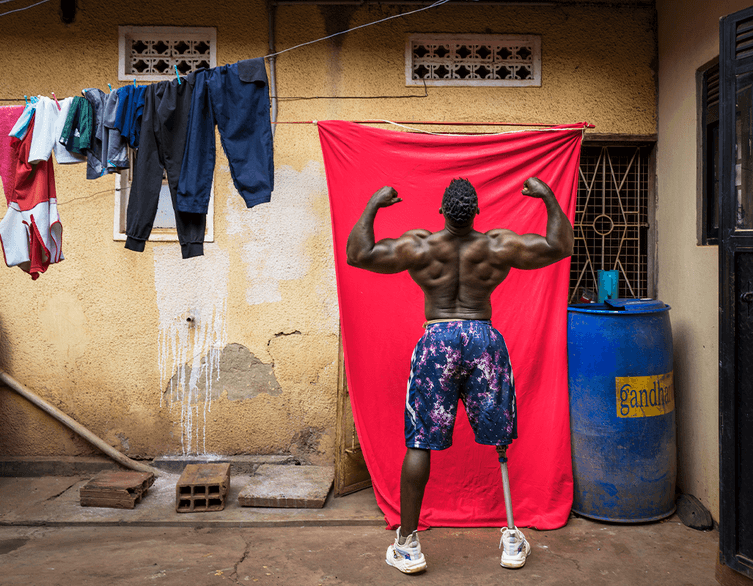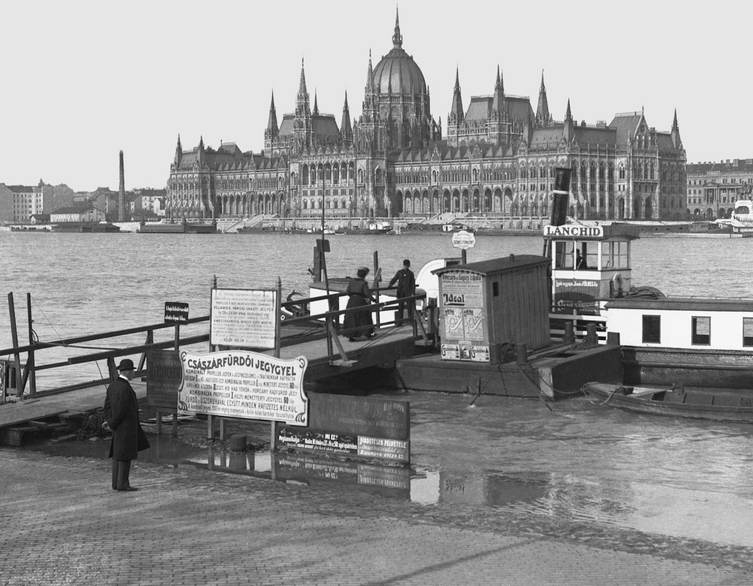The Tactless Photojournalist: Discover Lajos Erdélyi’s Powerful Archive from Ceaușescu’s Romania
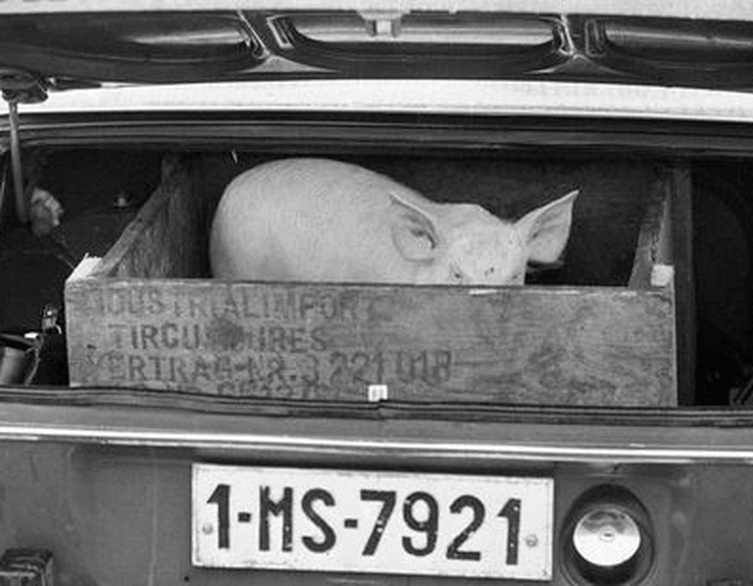
Step into the raw, unfiltered world of communist Romania through the extraordinary lens of Lajos Erdélyi, a Transylvanian photojournalist whose work remained largely hidden until now. The Blinken OSA Archive presents “A tapintatlan fotóriporter” (The Tactless Photojournalist), a groundbreaking exhibition that unveils the compelling visual testimony of an artist who documented life under Ceaușescu’s regime with remarkable autonomy and unflinching honesty.
Running until October 26, 2025, at Galeria Centralis in Budapest’s heart, this free exhibition offers visitors an unprecedented glimpse into one of Eastern Europe’s most turbulent periods through the eyes of someone who lived and worked within its constraints yet managed to capture its essence with striking authenticity.
A Journey Through Socialist Romania’s Hidden Reality
Lajos Erdélyi (1929-2020) wasn’t just any photographer – he was a visual chronicler who traversed Romania from Oradea to the Danube Delta during the Ceaușescu era, commissioned by the bi-weekly magazine “Új Élet” (New Life). What makes his work extraordinary is how he managed to document the harsh realities of state socialism while working within official mandates, creating images that speak volumes about the human condition under authoritarian rule.
The exhibition showcases approximately 200 photographs, most never before displayed in an exhibition setting, alongside original manuscripts, correspondence, press materials, and personal objects that visitors can actually handle. This tactile experience adds an intimate dimension to understanding Erdélyi’s world and the period he documented so meticulously.
More Than Just Photography: A Complete Archive Experience
The Man Behind the Camera
While many know Erdélyi primarily for his lyrical portraits of Transylvanian Hungarian artists and his heritage preservation work with Jewish cemeteries, this exhibition reveals a different side of his artistic personality. Here, we encounter the working photojournalist who documented factories, mines, agricultural cooperatives, orphanages, hospitals, and residential nurseries with the kind of proximity and honesty that was both rare and dangerous in that era.
The archive, donated to Blinken OSA by Erdélyi’s heirs in 2023, contains approximately 12,000 photo negatives, 150 audio cassettes, 100 videos, and twenty boxes of written materials. The exhibition emerges from two years of intensive cataloging work that has processed 70% of this remarkable collection.
Understanding the “Tactless” Approach
The exhibition’s title might seem puzzling at first, but it stems from Erdélyi’s own writings about professional photography. In his crucial essay “The Tactless Camera” (circa 1960), he argued that tactlessness was a necessary attitude for professional photographers. His opening line states: “The photojournalist knows no tact. If he discovers it, if he becomes sensitive, if he puts away his camera out of sympathy, he is no longer a photojournalist.”
Ironically, Erdélyi later admitted to becoming a “tactful photojournalist,” but this exhibition argues otherwise. The 200 reportage photographs on display demonstrate that he maintained his essential “tactlessness” – the professional distance and unflinching eye necessary to capture truth, even uncomfortable truth.
What You’ll Experience at the Exhibition
Visual Documentation of Daily Life
Walk through galleries filled with images that capture the essence of socialist Romania’s everyday reality. From workers in steel mills to shepherds and raft operators, from metallurgists to fishermen and day laborers, Erdélyi’s photographs reveal the human faces behind the political system. These aren’t propaganda images – they’re honest portrayals of people navigating their lives within the constraints of their time.
Interactive Historical Elements
The exhibition goes beyond traditional display methods by allowing visitors to handle original manuscripts and letters, including Erdélyi’s own writings and his parents’ correspondence. This hands-on approach creates a more intimate connection with the historical period and the photographer’s personal experience.
Behind-the-Scenes Insights
Discover the practical challenges of being a photojournalist in communist Romania through documents that reveal how strictly materials were controlled. Even film negatives had to be accounted for as if they were ammunition for an AK-47, and registry books show how photographers had to account for every single frame, broken down to the centimeter.
Best deals of Budapest
The Broader Cultural Context
A Window into Ceaușescu’s Romania
This exhibition offers international visitors a unique opportunity to understand one of Eastern Europe’s most isolated and repressive regimes through the perspective of someone who experienced it firsthand. Erdélyi’s photographs serve as primary historical documents that complement textbook knowledge with lived experience and visual testimony.
Preservation of Cultural Memory
The exhibition demonstrates the crucial role of archival work in preserving cultural memory. Erdélyi wasn’t just a photographer – he was a “value saver” who rescued important photographic collections, including Balázs Orbán’s Székely region photographs and Count Samu Teleki’s East African images, as well as Dr. Imre Holló’s unique 1944 concentration camp graphics.
Planning Your Visit to Galeria Centralis
Location and Accessibility
Galeria Centralis is located at Arany János utca 32 in Budapest’s 5th district, making it easily accessible by public transportation. The gallery operates Tuesday through Sunday from 10:00 AM to 6:00 PM, giving you flexibility in planning your visit around other Budapest attractions.
What to Expect
Set aside at least two hours to fully appreciate the exhibition. The combination of photographs, documents, and interactive elements creates a rich, layered experience that rewards careful observation and contemplation. The bilingual presentation ensures that both Hungarian and international visitors can fully engage with the material.
Free Admission
One of the most appealing aspects of this exhibition is that admission is completely free, making it accessible to all visitors interested in photography, history, or Eastern European culture.
Historical Significance
In our current global political climate, understanding how artists and journalists operated under authoritarian regimes becomes increasingly relevant. Erdélyi’s work demonstrates how creative professionals can maintain their integrity and document truth even within restrictive systems.
Artistic Achievement
Beyond its historical value, the exhibition showcases genuinely compelling photography that stands on its artistic merits. Erdélyi’s eye for composition, his ability to capture decisive moments, and his skill in revealing character through portraiture make these images engaging purely as works of art.
Cultural Bridge
For visitors from Western countries, this exhibition provides invaluable insight into the lived experience of socialism in Eastern Europe, moving beyond political abstractions to show how ordinary people navigated extraordinary circumstances.
The Opening and Curatorial Vision
The exhibition opens on June 19, 2025, at 6:00 PM, with celebrated writer György Dragomán delivering the opening address. Curators Lenke Szilágyi (photographer) and Zsuzsa Zádori (chief archivist) have created a presentation that balances scholarly rigor with public accessibility, ensuring that both photography enthusiasts and casual visitors can appreciate Erdélyi’s achievement.
Beyond the Exhibition
Following the exhibition and complete cataloging, the entire Erdélyi collection will be freely accessible in the Archive’s Research Room, making it available for scholars, students, and researchers worldwide. This ensures that the photographer’s legacy will continue to contribute to our understanding of this crucial period in European history.
Whether you’re a photography enthusiast, history buff, or simply curious about life in communist Eastern Europe, “The Tactless Photojournalist” offers a rare opportunity to see the world through the eyes of someone who refused to look away, even when looking was dangerous. Don’t miss this extraordinary window into a world that shaped modern Europe and continues to influence our understanding of freedom, creativity, and human resilience.
Related news

